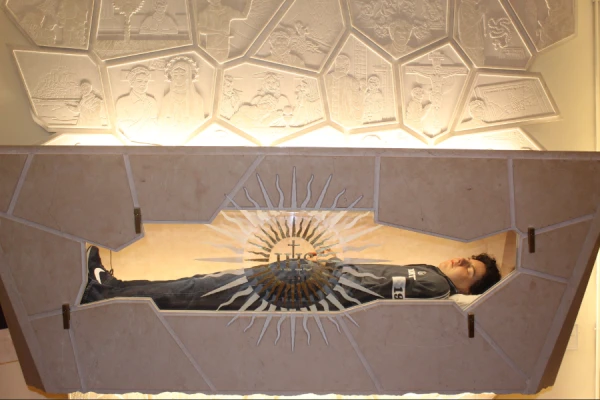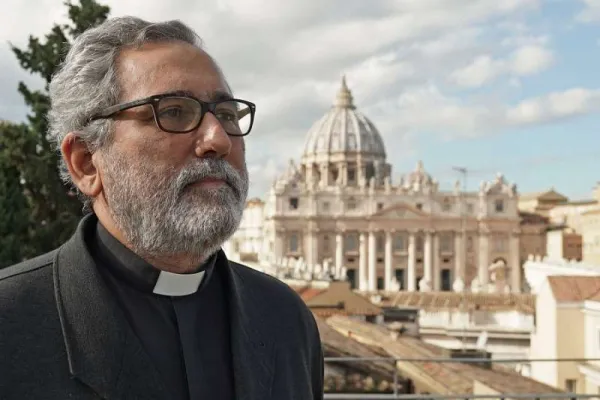Priest follows call to mission — in the US
Glenmary Father Steve Pawelk grew up in a close-knit, faith-filled family on a farm near Maple Lake, but he felt a pull to missionary service at an early age. He experienced particular aspects of that life during college, with three weeks in Guatemala and six weeks of service closer to home in St. Paul.
Read More

Recent Comments